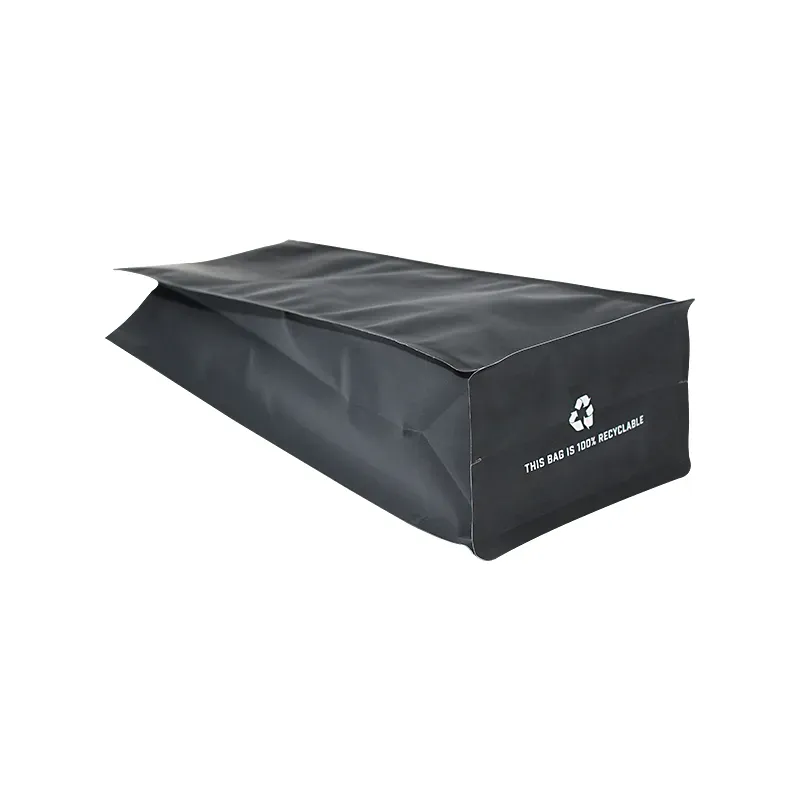- Afrikaans
- Albanian
- Amharic
- Arabic
- Armenian
- Azerbaijani
- Basque
- Belarusian
- Bengali
- Bosnian
- Bulgarian
- Catalan
- Cebuano
- chinese_simplified
- chinese_traditional
- Corsican
- Croatian
- Czech
- Danish
- Dutch
- English
- Esperanto
- Estonian
- Finnish
- French
- Frisian
- Galician
- Georgian
- German
- Greek
- Gujarati
- haitian_creole
- hausa
- hawaiian
- Hebrew
- Hindi
- Miao
- Hungarian
- Icelandic
- igbo
- Indonesian
- irish
- Italian
- Japanese
- Javanese
- Kannada
- kazakh
- Khmer
- Rwandese
- Korean
- Kurdish
- Kyrgyz
- Lao
- Latin
- Latvian
- Lithuanian
- Luxembourgish
- Macedonian
- Malgashi
- Malay
- Malayalam
- Maltese
- Maori
- Marathi
- Mongolian
- Myanmar
- Nepali
- Norwegian
- Norwegian
- Occitan
- Pashto
- Persian
- Polish
- Portuguese
- Punjabi
- Romanian
- Russian
- Samoan
- scottish-gaelic
- Serbian
- Sesotho
- Shona
- Sindhi
- Sinhala
- Slovak
- Slovenian
- Somali
- Spanish
- Sundanese
- Swahili
- Swedish
- Tagalog
- Tajik
- Tamil
- Tatar
- Telugu
- Thai
- Turkish
- Turkmen
- Ukrainian
- Urdu
- Uighur
- Uzbek
- Vietnamese
- Welsh
- Bantu
- Yiddish
- Yoruba
- Zulu
Sustainable Solutions for Innovative Kraft Packaging in Modern Industry
The Evolution and Importance of Kraft Packaging in Modern Industry
In an era where sustainability has become a cornerstone of various industries, kraft packaging has emerged as a leading option for businesses looking to balance functionality with environmental responsibility. Made primarily from wood pulp, kraft paper is known for its durability, versatility, and biodegradable properties. As consumer preferences shift towards eco-friendly products, kraft packaging is increasingly embraced across diverse sectors—ranging from food to cosmetics. This article delves into the evolution, benefits, and future of kraft packaging in today's market.
The Evolution of Kraft Packaging
The history of kraft paper dates back to the late 19th century when German chemist Karl Friedrich Gustav Gies invented the kraft process in 1884. This method, which involves the chemical pulping of cellulose fibers, yields a strong and resilient paper conducive to various applications. Initially, the use of kraft paper was predominantly industrial; however, as environmental concerns grew, the paper's popularity surged in consumer markets as well.
In the mid-20th century, manufacturers began to explore the myriad possibilities of kraft paper in packaging solutions. The material became a staple for various uses, from shopping bags to boxes and wraps. The distinct brown color of kraft paper, combined with its robust nature, offered a rustic charm that resonated with consumers. As brands sought to develop an identity that emphasized a commitment to sustainability, kraft packaging became synonymous with eco-consciousness.
Benefits of Kraft Packaging
One of the most significant advantages of kraft packaging is its eco-friendliness. Made from renewable resources, kraft paper is recyclable and biodegradable. Unlike plastic, which lingers in landfills and oceanic environments for centuries, kraft paper decomposes naturally within a short period. This characteristic aligns with the increasing consumer preference for sustainable packaging solutions, prompting businesses to transition away from plastic to more environmentally responsible options.
In terms of functionality, kraft packaging is immensely versatile. It can be designed in various forms—bags, boxes, wraps, and more—making it suitable for multiple industries. For example, food packaging companies have embraced kraft paper for its ability to safeguard products while being breathable enough to allow moisture escape. This feature helps maintain the quality of food items without compromising safety or flavor.
Moreover, the strength of kraft paper is another critical benefit. The material's resilient fibers make it ideal for sturdy packaging that can withstand the rigors of transportation and handling. Businesses can opt for double or triple-layer kraft paper to enhance durability, ensuring that products arrive at their destination intact.
kraft packaging

Aesthetic Appeal and Customization
Beyond practicality, kraft packaging offers an aesthetically pleasing option for brands. Its natural tones provide an earthy, organic vibe that resonates well with consumers seeking authentic and artisanal products. Many brands have seized the opportunity to customize kraft packaging with innovative designs, prints, and finishes, creating visual appeal while providing information about their sustainability efforts.
Brands in sectors such as cosmetics, gourmet foods, and handmade crafts often utilize kraft packaging to reflect their values and connect with an increasingly conscientious consumer base. Customization options, such as stamping, embossing, or using unique finishes, enhance the packaging’s visual and tactile experiences, attracting consumers on the shelves.
The Future of Kraft Packaging
Looking ahead, the future of kraft packaging appears bright as industries continue to recognize the environmental and economic advantages it presents. As governments worldwide implement stricter regulations on single-use plastics, businesses are pivoting towards sustainable solutions, with kraft packaging leading the way due to its versatility and sustainability.
The integration of technology will also enhance the potential of kraft packaging in the coming years. Innovations in water-based inks, plant-based coatings, and even smart packaging features are being explored to further improve performance while minimizing ecological footprints. As these advancements materialize, kraft packaging will likely evolve to meet the demands of both consumers and industry stakeholders.
Conclusion
In a world increasingly conscious of environmental issues, kraft packaging stands out as a sustainable, versatile, and aesthetically appealing alternative to traditional packaging methods. Its evolution since the late 19th century reflects changing consumer preferences and a growing emphasis on sustainable practices. As industries continue to adapt and innovate, kraft packaging will play a pivotal role in shaping a greener and more responsible future, ensuring that businesses and consumers alike can contribute to a healthier planet.













